Celebrating all things French and Parisian for our special Bastille Day edition of weekly distractions…
1. Paris Is A Woman’s Town, 1929
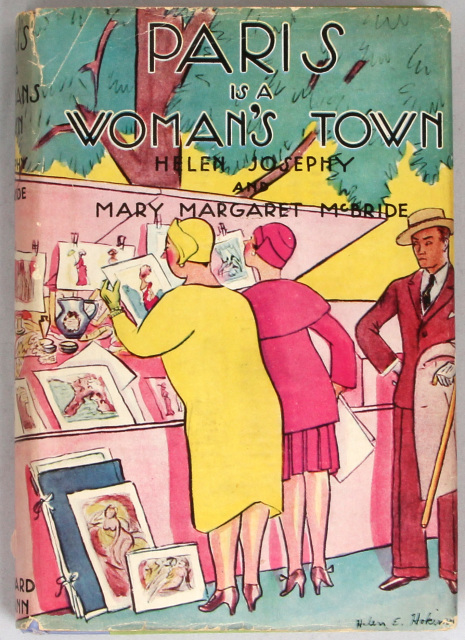
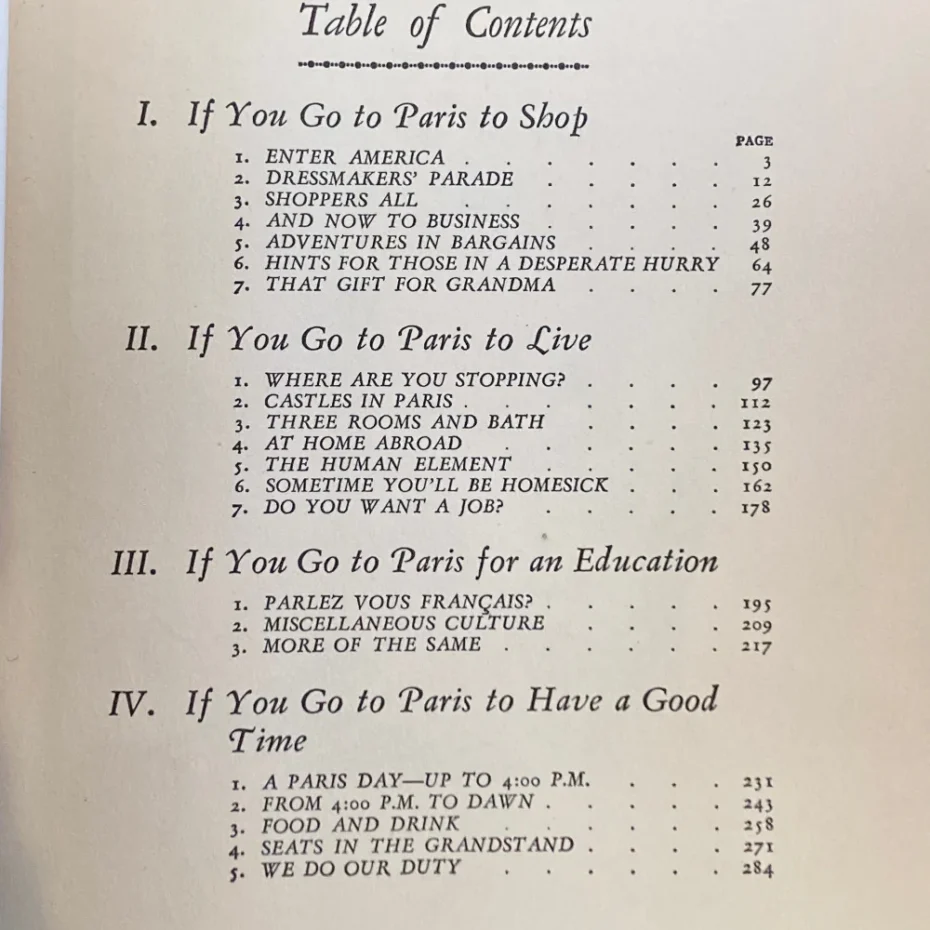
Cover art for Paris is a Woman’s Town, by Helen Josephy and Mary Margaret McBride (1929), published as a guidebook aimed at American women traveling to Paris. A chapter on daytime fun starts with 5 pages of tips on finding and hiring the best gigolo. If you’re interested in what it was like to shop for expensive Paris clothing in 1929, or in what it might have been like to be an American woman traveling solo in 1929, this is a firsthand source that’s worth a look if you can find it. It’s part of a three-city trilogy (not unlike the Don’t be a Tourist series) to London is a Man’s Town and New York is Everybody’s Town.
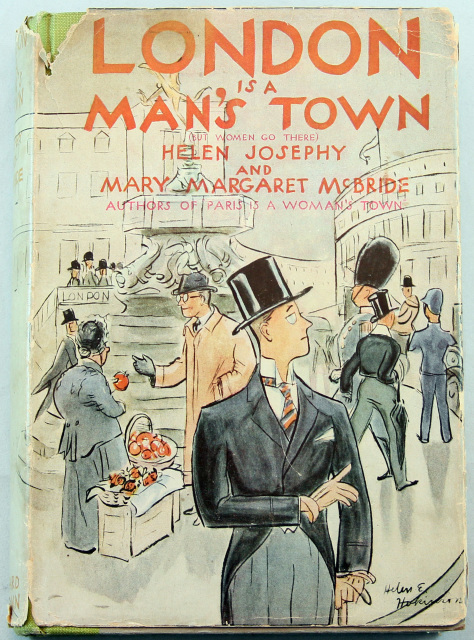
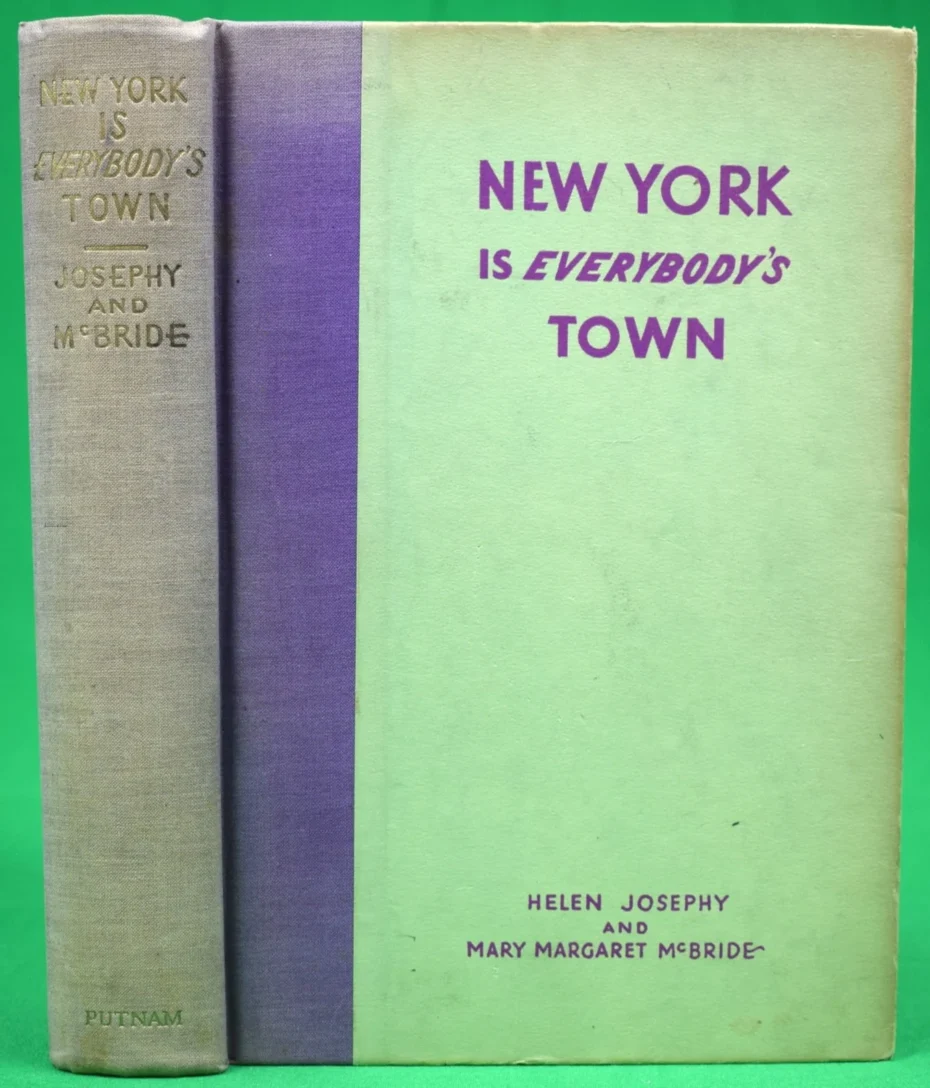
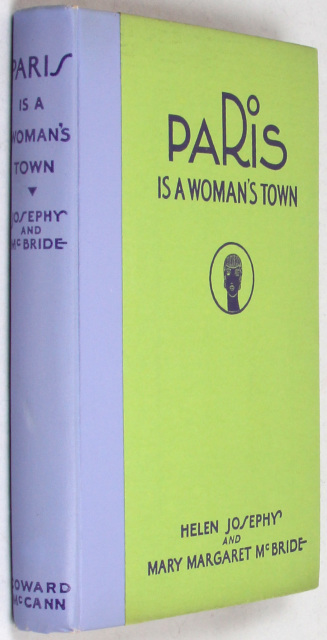
All extremely rare books, but here is the Paris edition digitised for online reading.
2. French kings could have an “official royal mistress”. Wikipedia has the official list.

Found here. And in case you’re interested, here’s how Monarchs and their mistresses avoided the walk of shame.
3. Julie d’Aubigny, a French bisexual opera-singing sword fighter
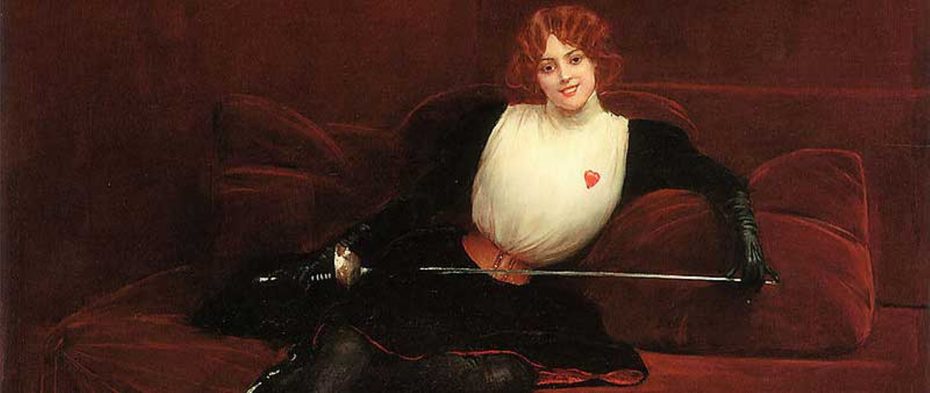
Julie d’Aubigny, aka “La Maupin” led a life so wild – complete with duels, grave-robbing and burning convents – that she had to be pardoned by the king not once, but twice. Known as one of history’s greatest rascals, she performed regularly with the Opéra, first singing as a soprano, and later in her more natural contralto range. The Marquis de Dangeau wrote in his journal of a performance by La Maupin given at Trianon of Destouches’ Omphale in 1701 that hers was “the most beautiful voice in the world”.
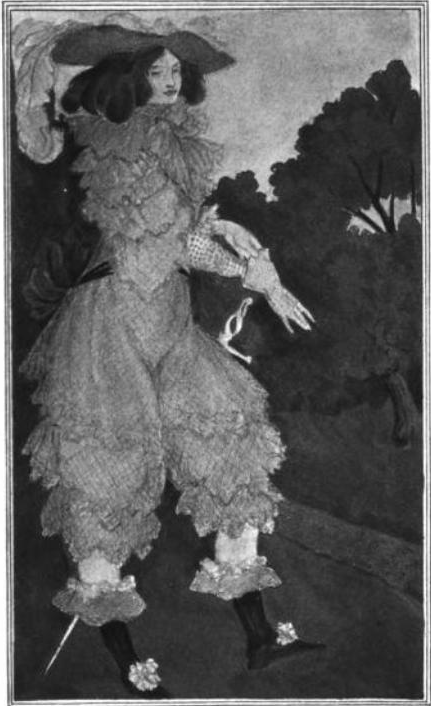
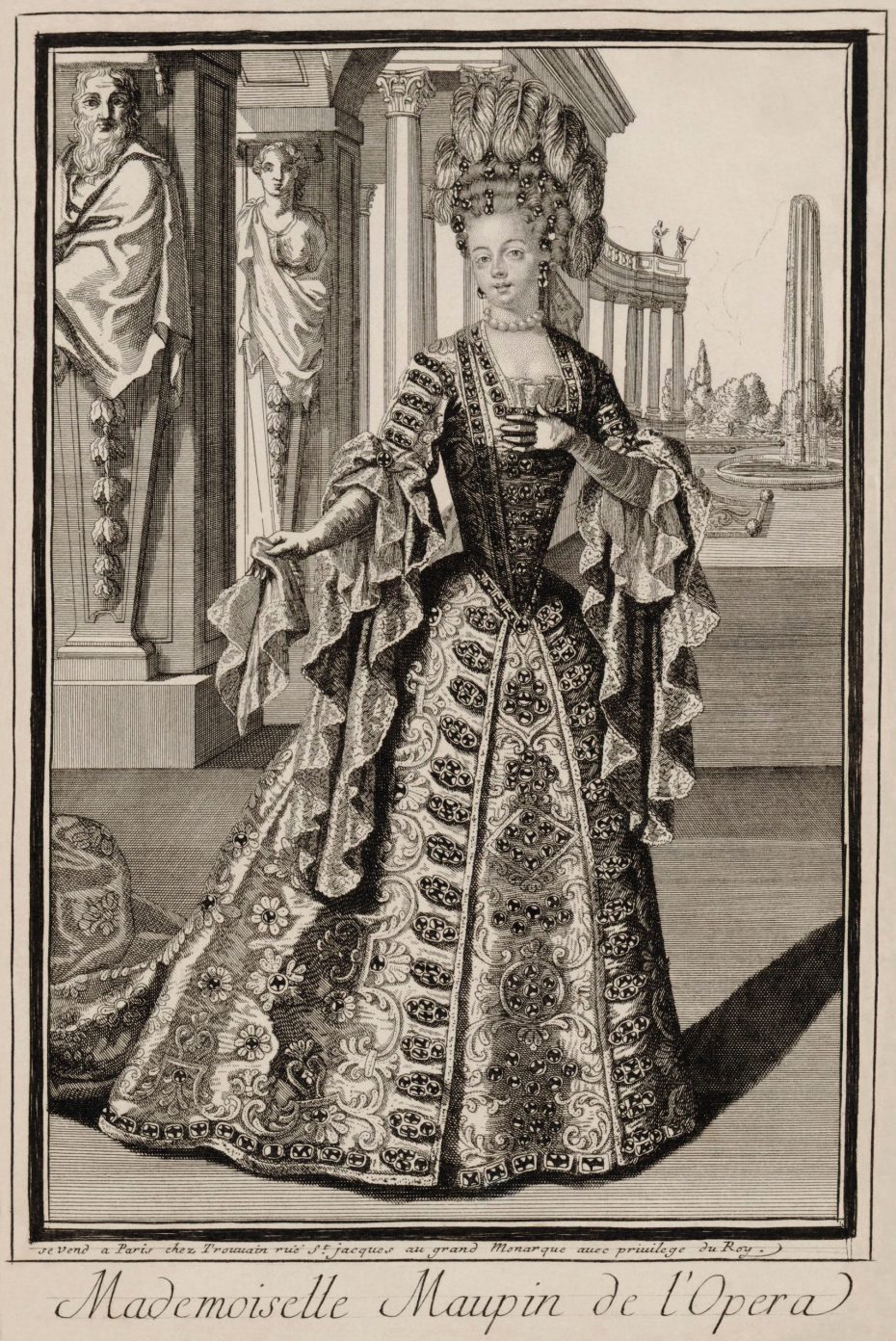
Found on Rejected Princesses.
4. Calling cards of Parisian Sex Workers (1925-35)
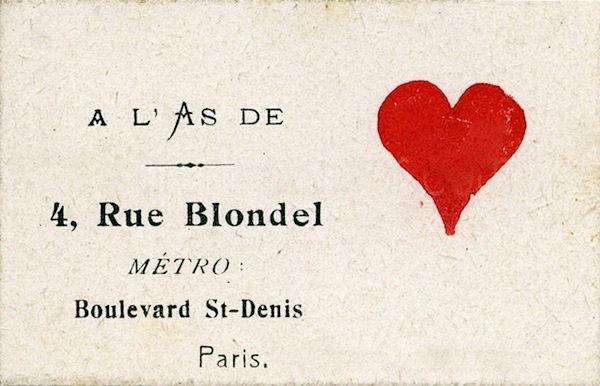
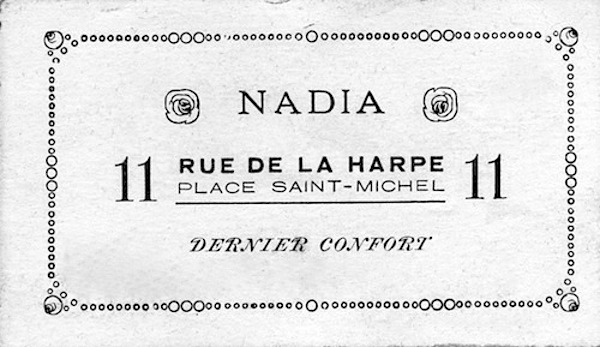
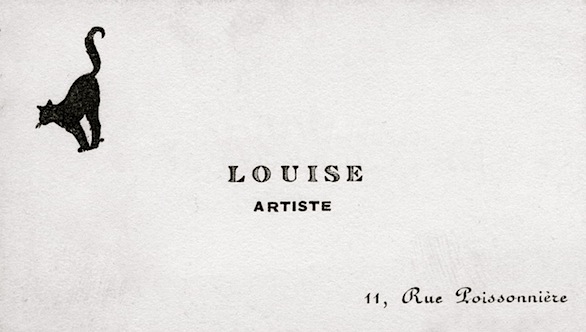
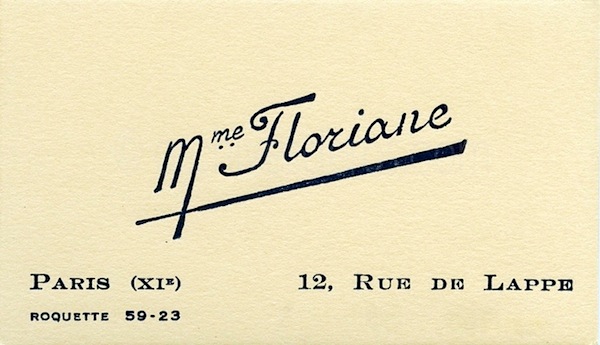
Found on MilleXMille
5. French Boutique Decor Design circa 1890
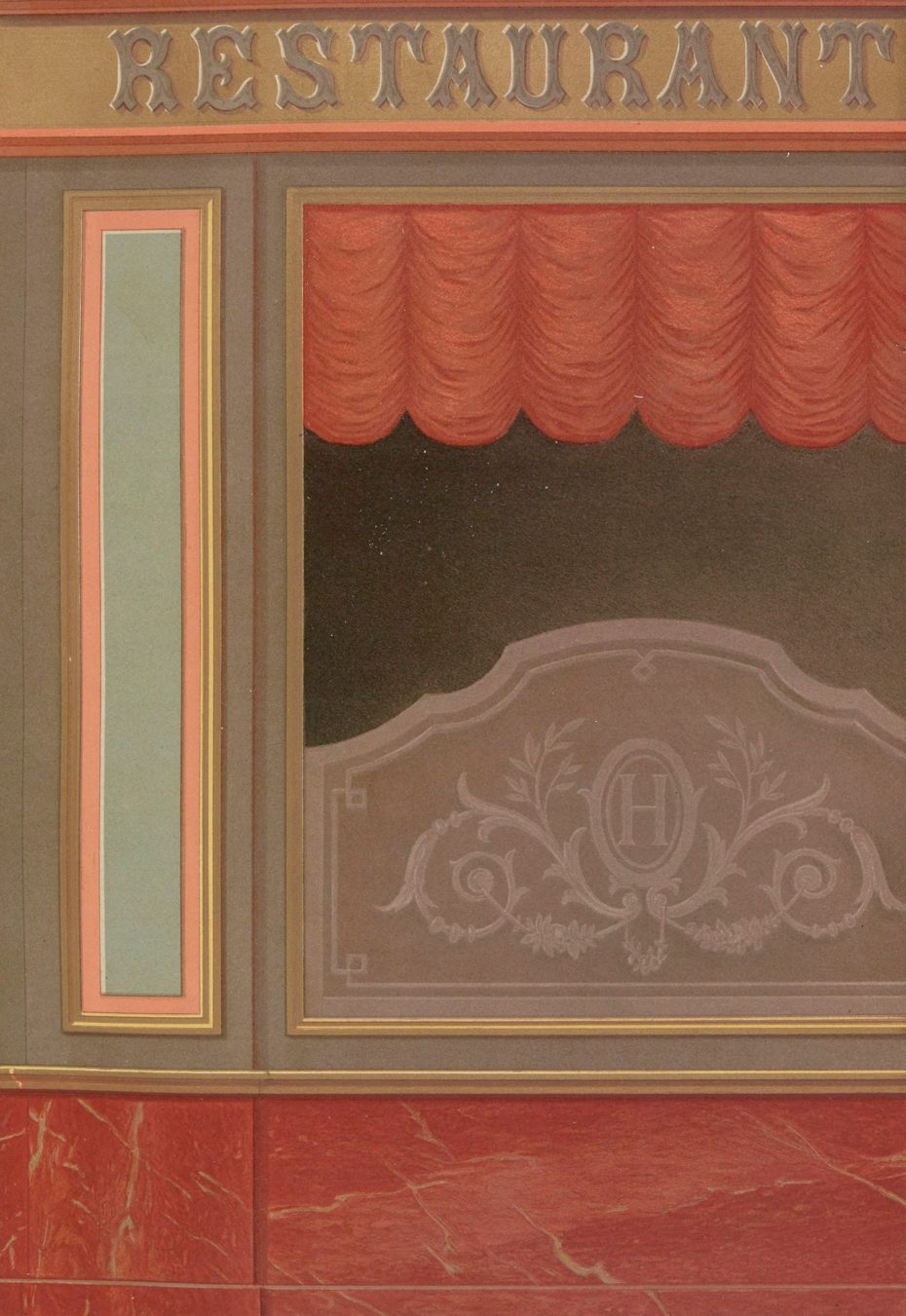
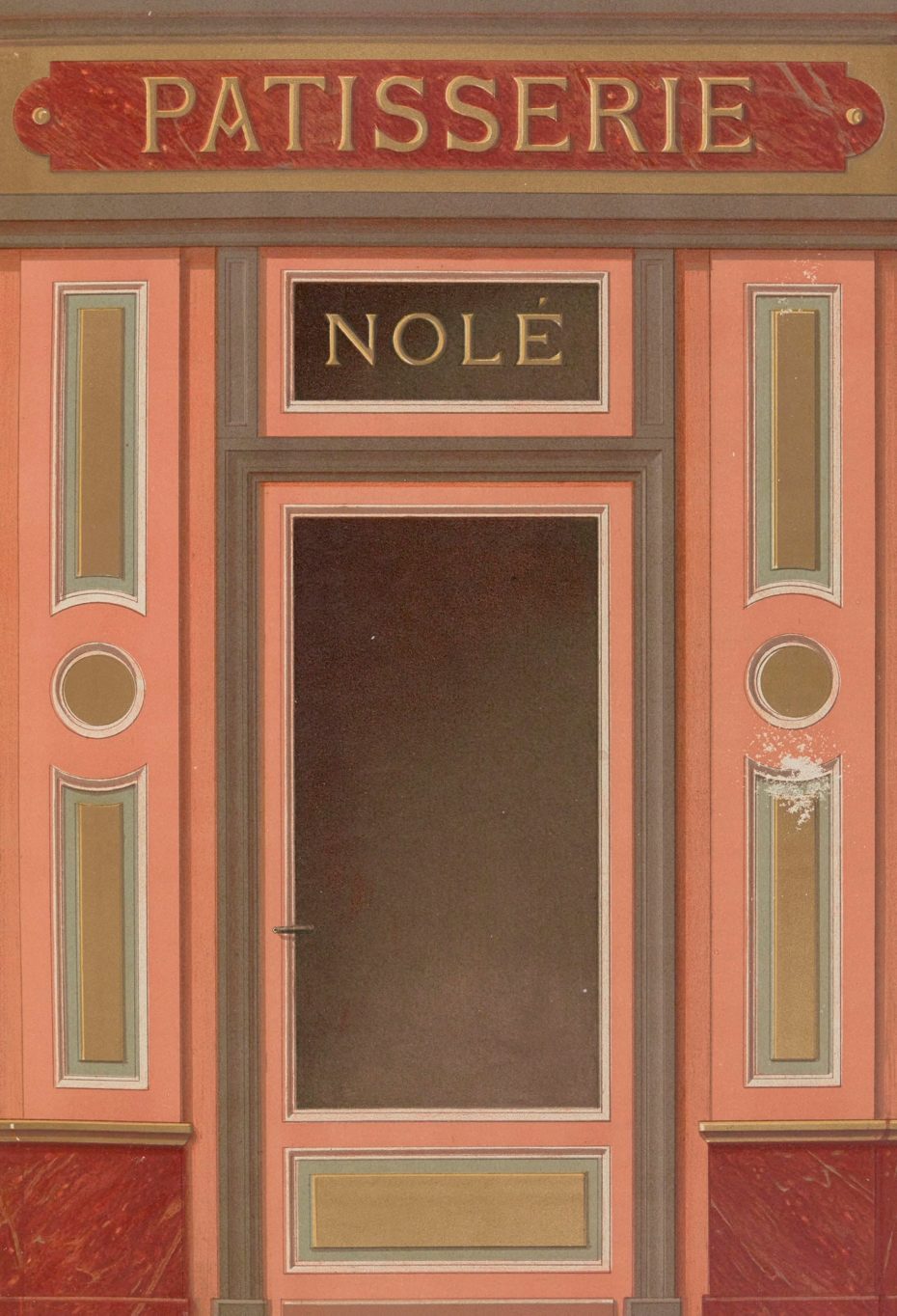
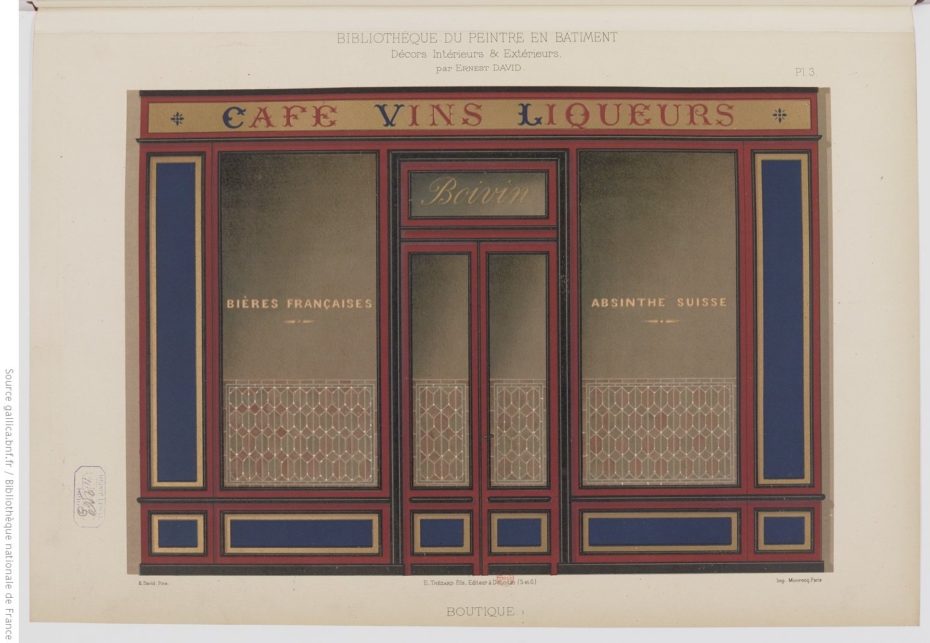
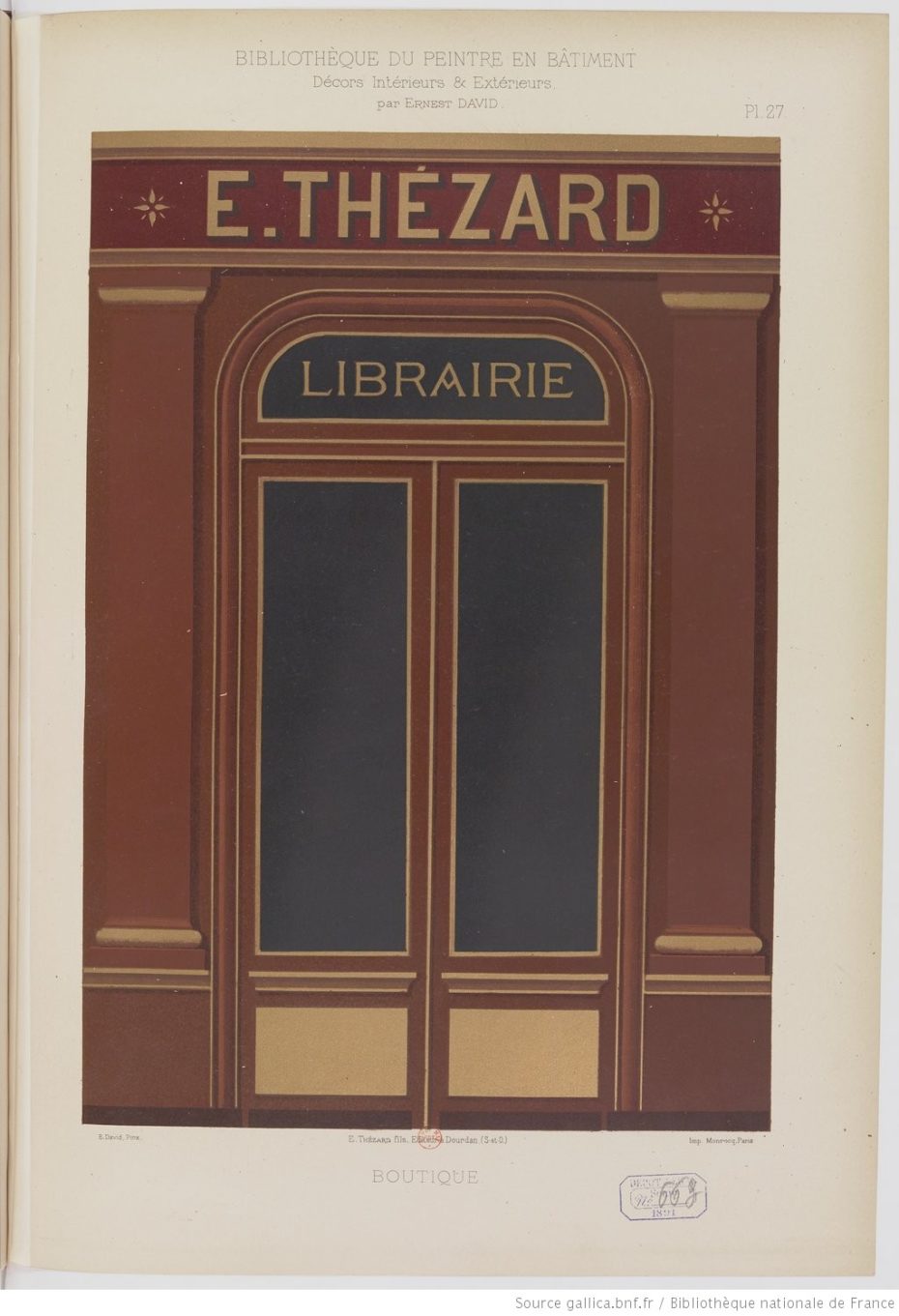
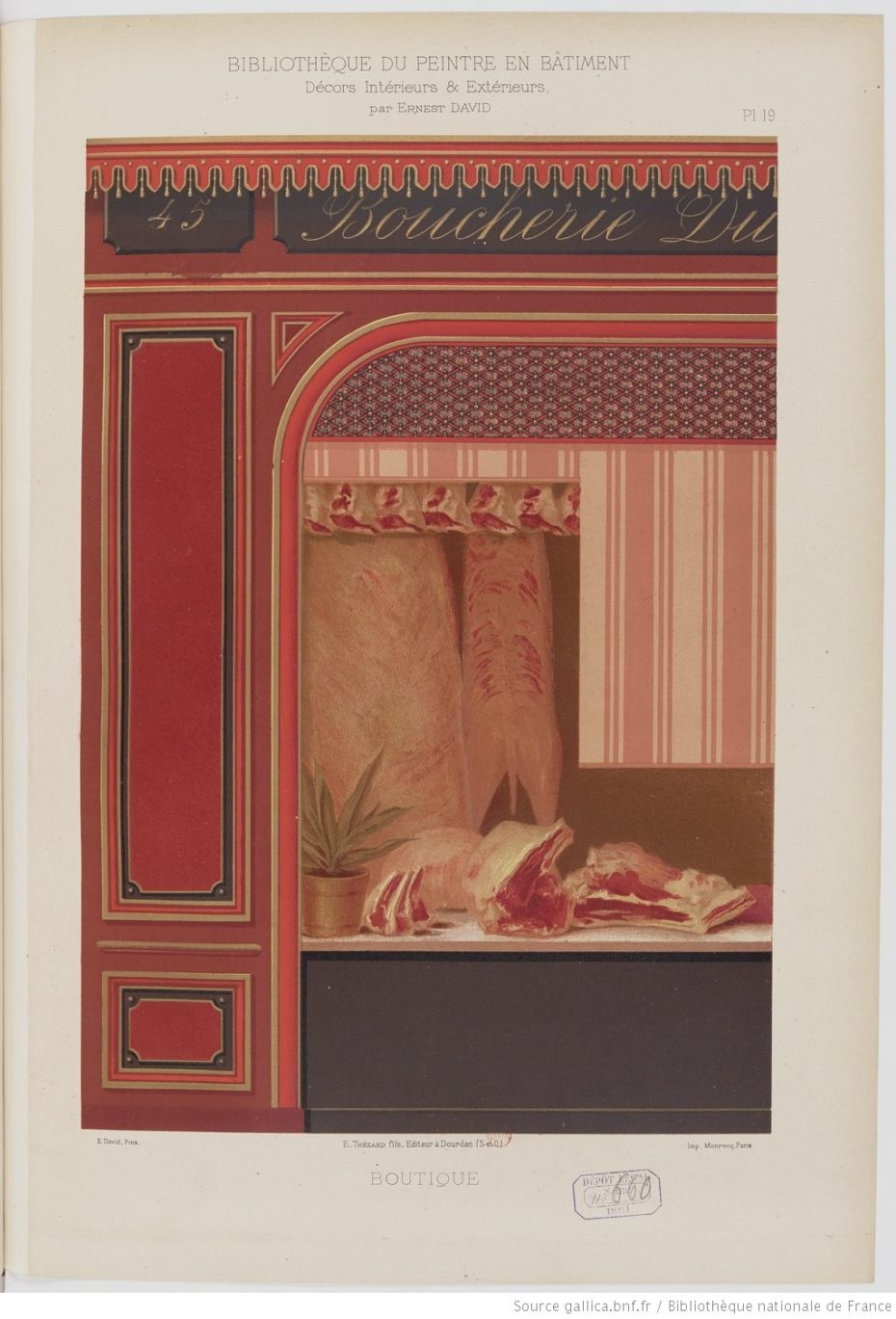
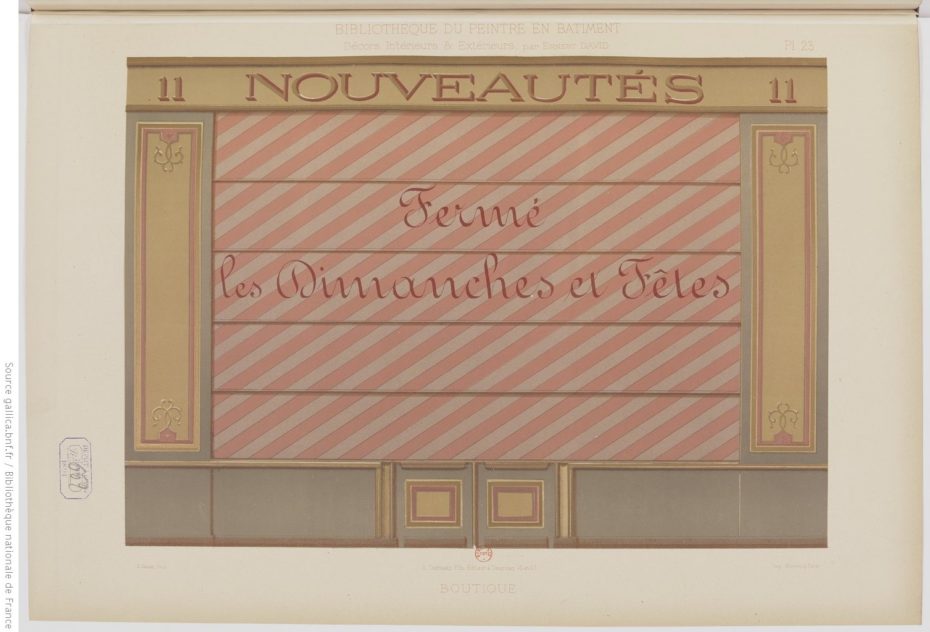
Designs by Ernest David, 1890, found in the archives of the French National Library.
6. Edward Hopper in Paris
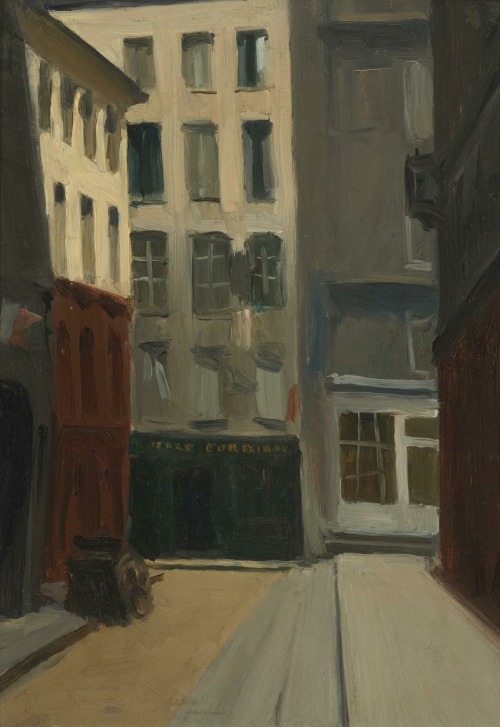
Unbeknownst to many, Hopper moved to Paris in October 1906 where he found a room in a widow’s apartment at 48 Rue de Lille in the seventh arrondissement. These are a few of his works from his French years, which have had little public exposure.

Hopper worked outdoors just like the Impressionists. He wandered along the riverbanks, lost himself in the Latin Quarter, and sketched women wearing crinoline dresses, men in top hats, prostitutes and their pimps in the cafés around Belleville, soldiers standing to attention, caped police officers, laborers playing cards, and boatmen on the Seine.


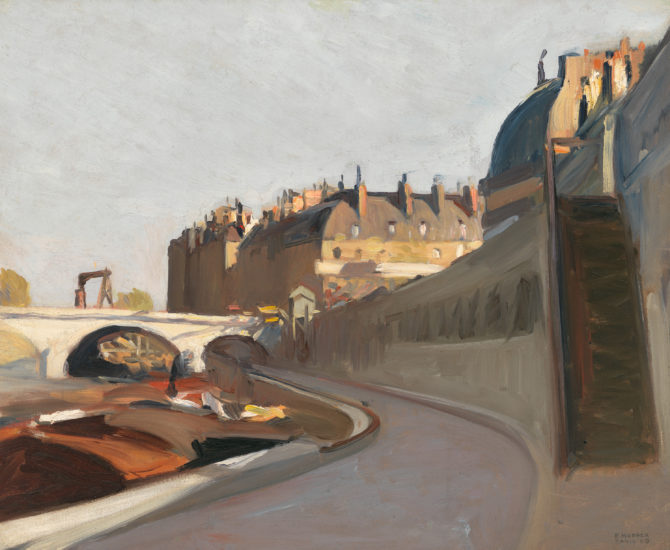
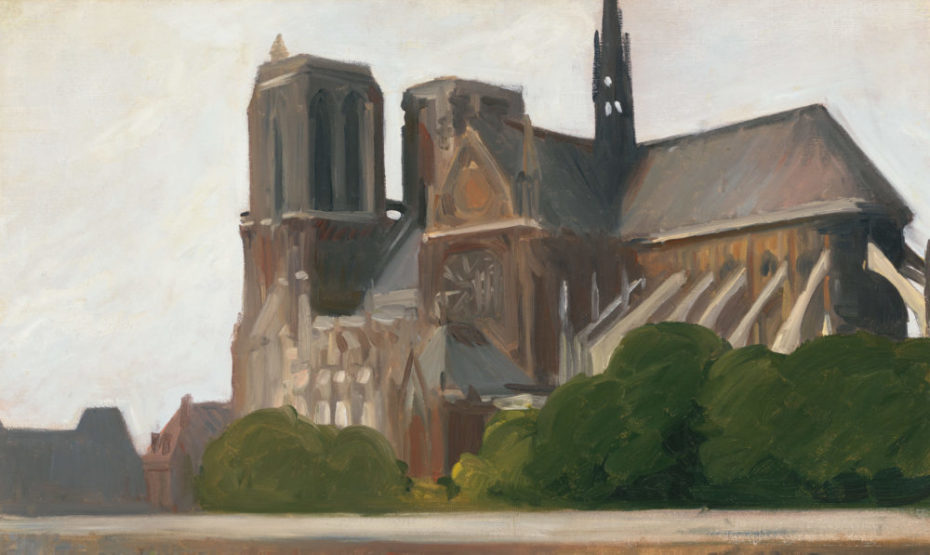
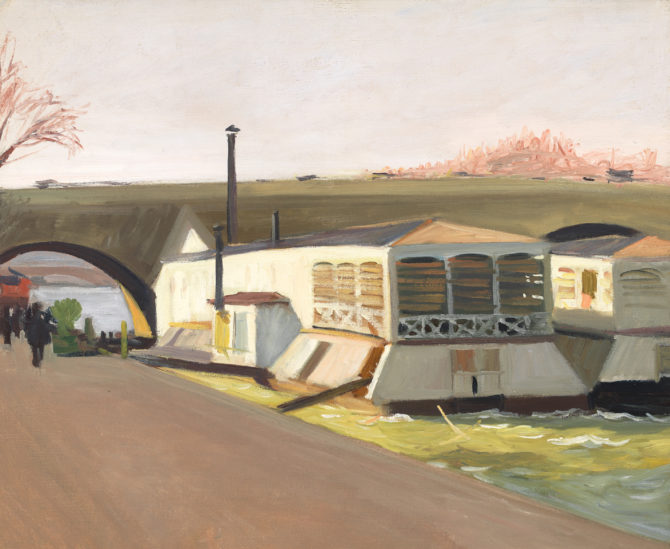
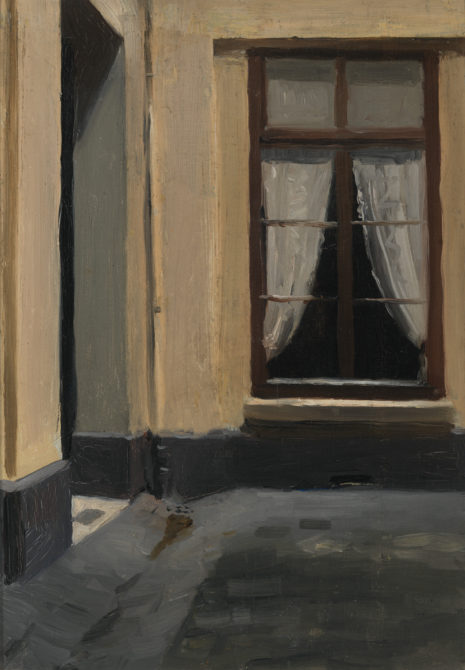
The painter visited France three times between 1906 and 1910. However, his Parisian works — some forty oil paintings, around thirty watercolors, and a wealth of sketches — were denigrated by American critics. National art was the flavor of the day, and Hopper was shouted down for his foreign influences. It was in this context that he claimed, “Paris had no great or immediate impact on me.”
Found on France-Amerique.
7. A 1947 French Television Report predicts Smartphone Addiction
For English subtitles, click on the Settings toggle –> Subtites –> Auto-translate (select language).
8. Cycling down the Eiffel Tower
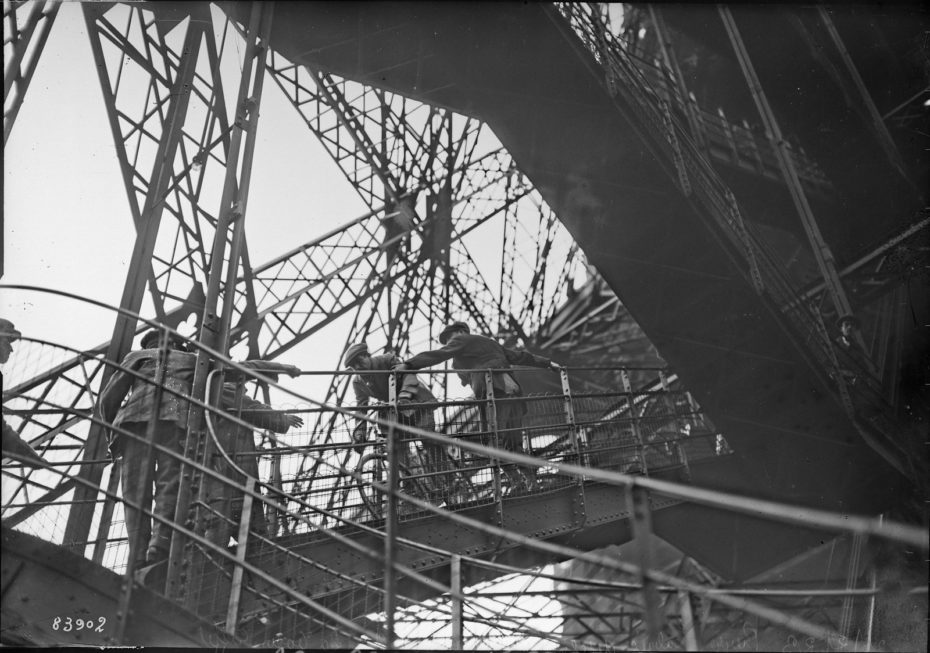
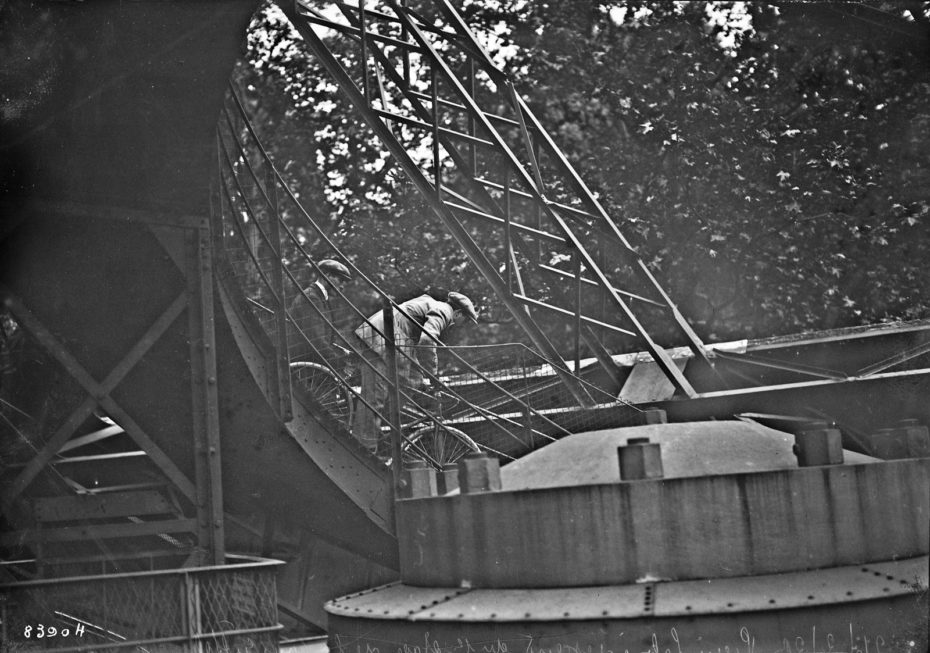
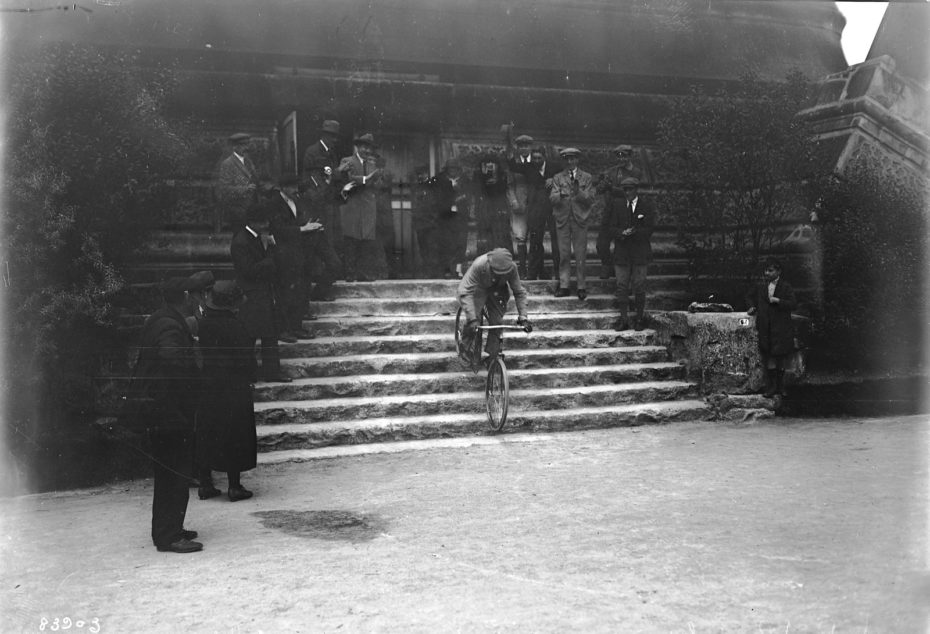
In 1923, a French journalist, Pierre Labric rode a bicycle down the stairs from the top floor of the Eiffel Tower (down 1792 steps). All along the path Labric was greeted by friends who were ready at any moment to come to the aid of the daredevil.
Found on Live Journal.
9. Oh to have visited Henri Lachambre’s balloon factory in 1890s Paris


Henri Lachambre’s workshops were established in 1875 at 22–24 Passage des Favorites, in the then-suburb of Vaugirard (now 22–24 rue des Favorites, 15ᵉ arr.). There he built gas-balloons, captive balloons and the envelopes for early dirigibles, supplying clients from the U.S. Signal Corps to S. A. Andrée’s 1897 Arctic expedition.
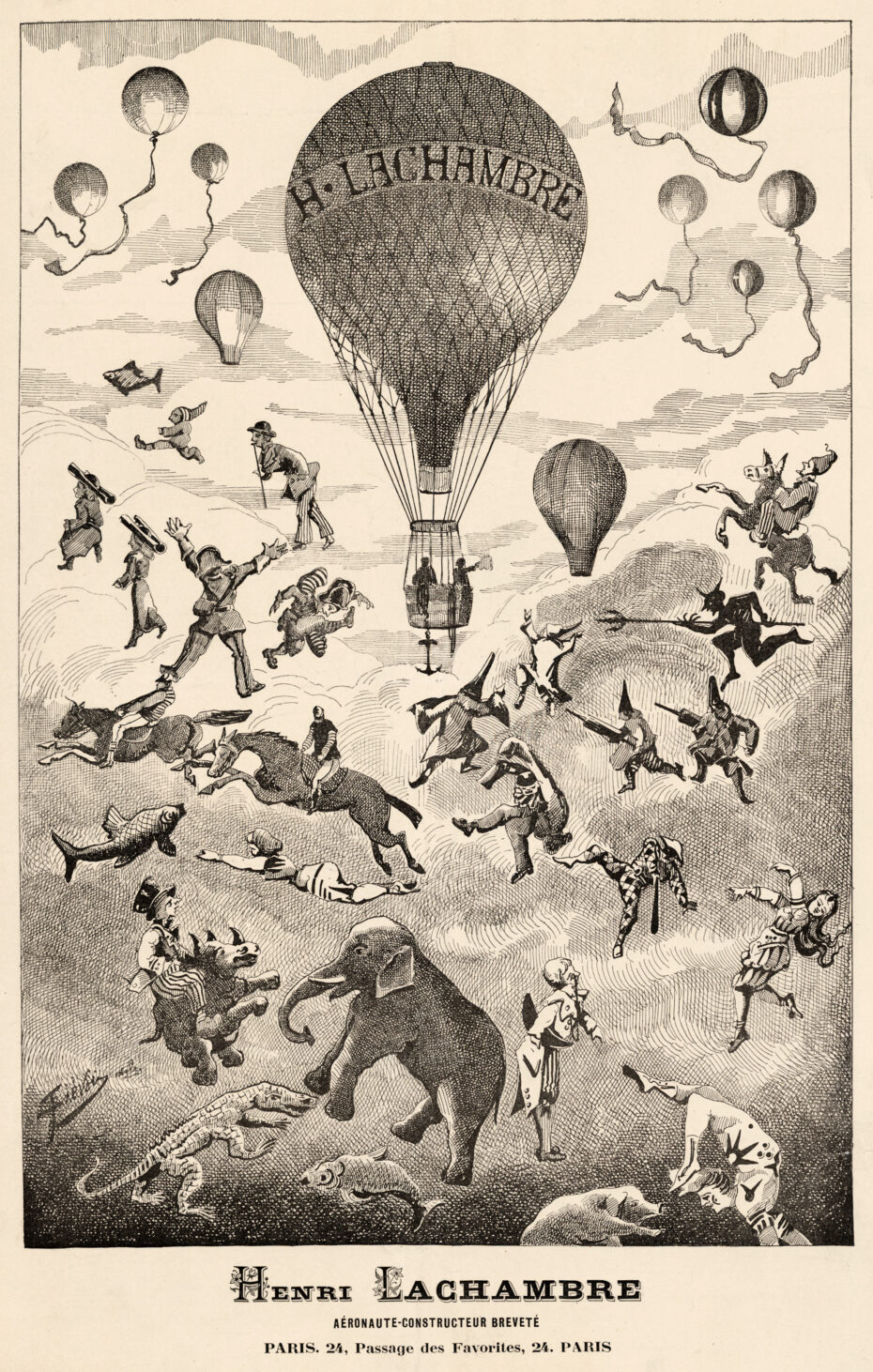
Today 22–24 rue des Favorites is occupied by modern apartments and shops, and no trace remains of the original balloon-sewing ateliers. But if you stroll the rue des Favorites today, you’ll be standing over what was once one of Paris’s great 19ᵗʰ-century aerostatic manufactories—now long silent, but immortalized in period photographs, prints and the pioneering aeronauts who first took to the skies from its doors. Lachambre’s atelier supplied hydrogen balloons not only to adventurers like S. A. Andrée’s ill-fated 1897 North Pole expedition. Today, period posters, lithographs and surviving workshop photographs—held in the Bibliothèque Historique de la Ville de Paris and private collections—continue to testify to the artistry and innovation of Lachambre’s atelier, which bridged the worlds of serious aeronautical science and the whimsical pageantry of Belle Époque France. Found on Wikipedia.
10. This House in Brittany, France
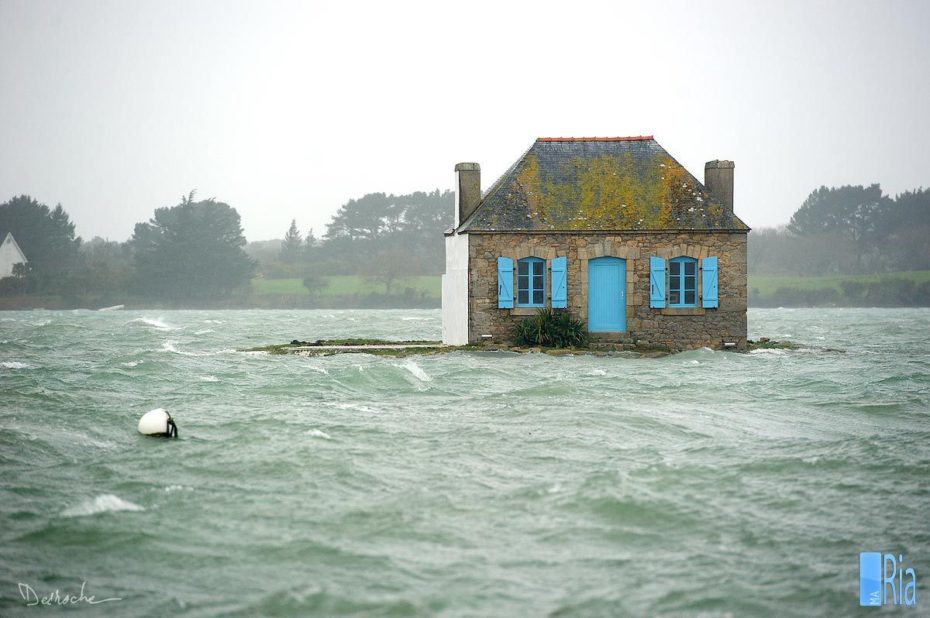
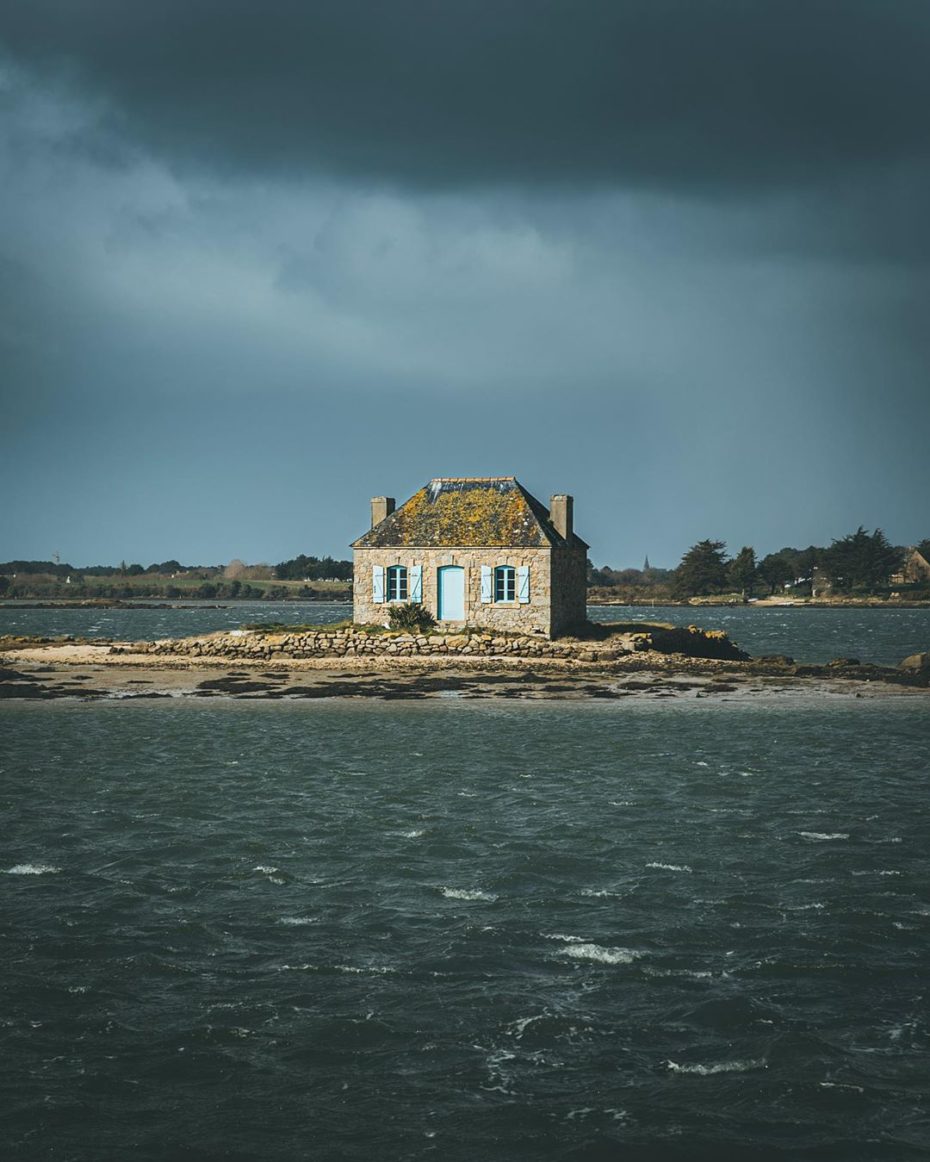
In Saint Cado, a mysterious islet of the Etel River, you’ll find a view of this unusual little house perched on a few rocks, known as l’îlot rocheux de Nichtarguer. Also known as the oyster house as it was once the home of an oyster park keeper and his family. Currently uninhabited, unfortunately, not available to rent.
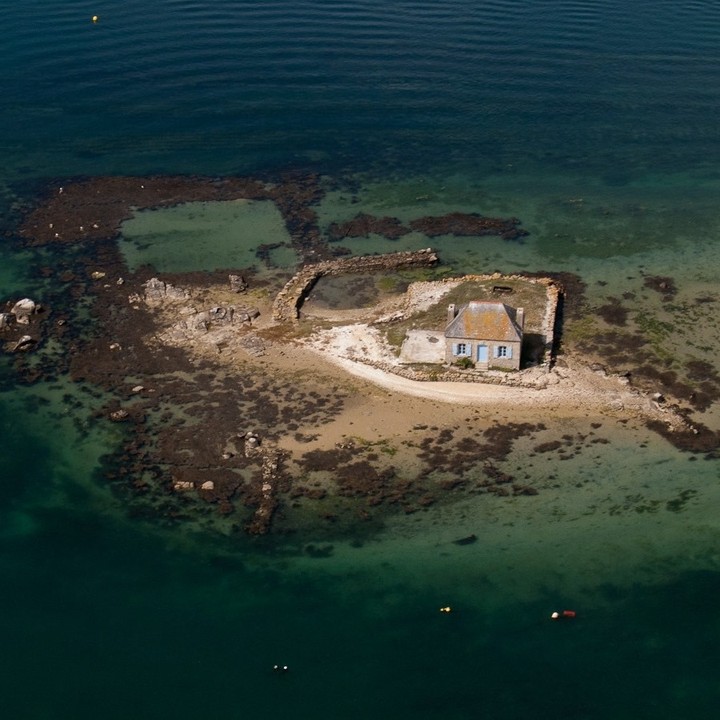
More information here, and find our guide to Brittany here.
11. This Ridiculously Charming French Cottage on Airbnb
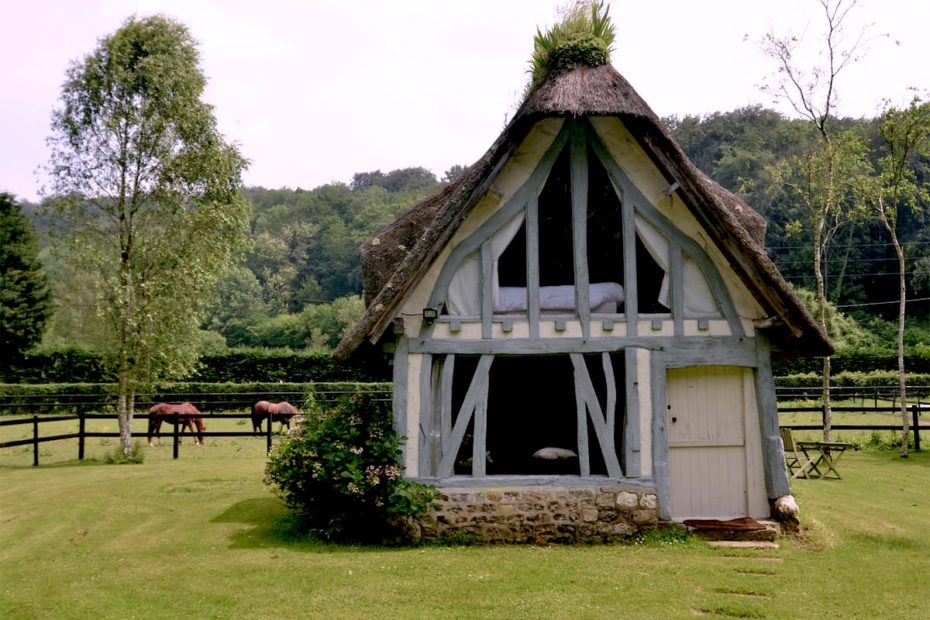
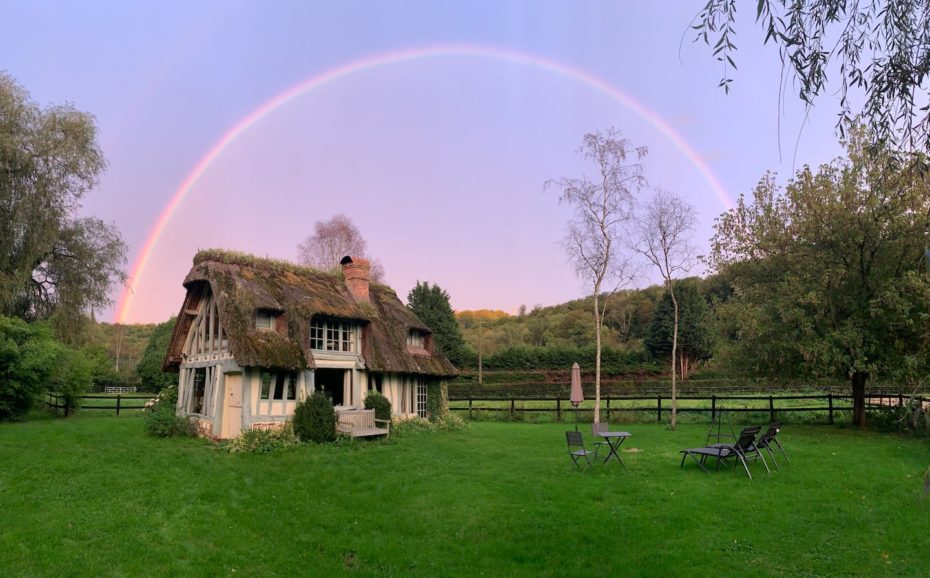
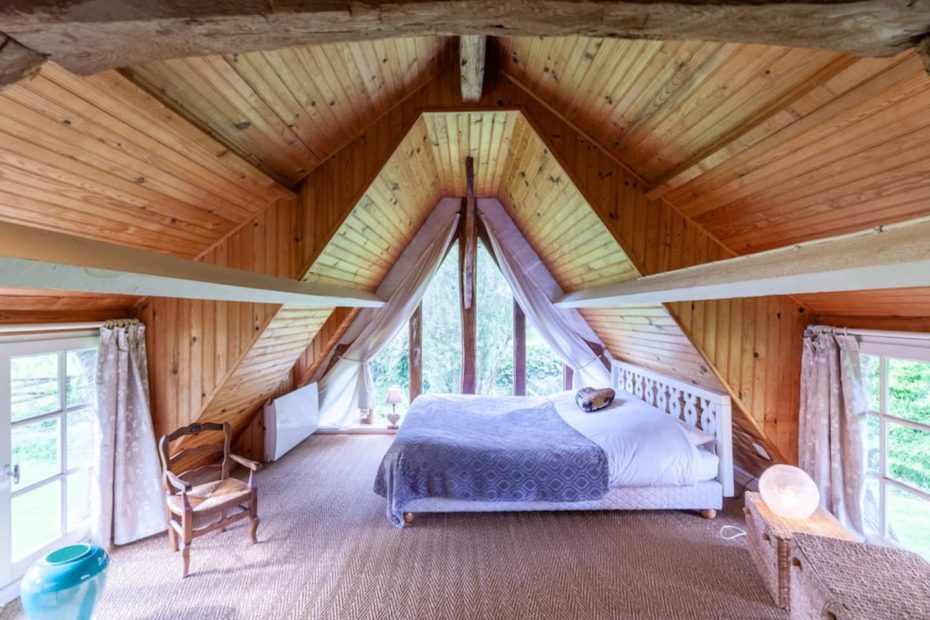
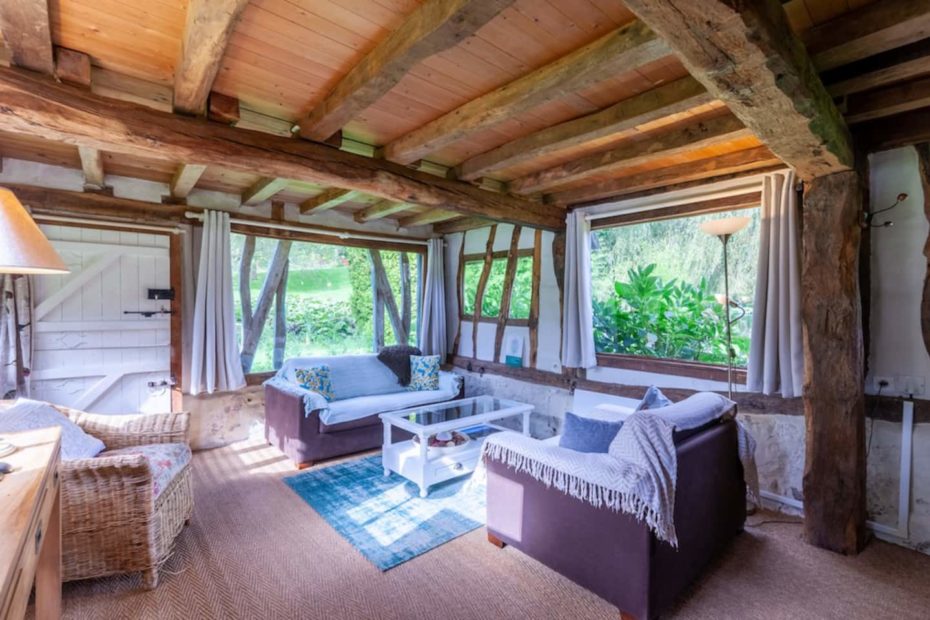
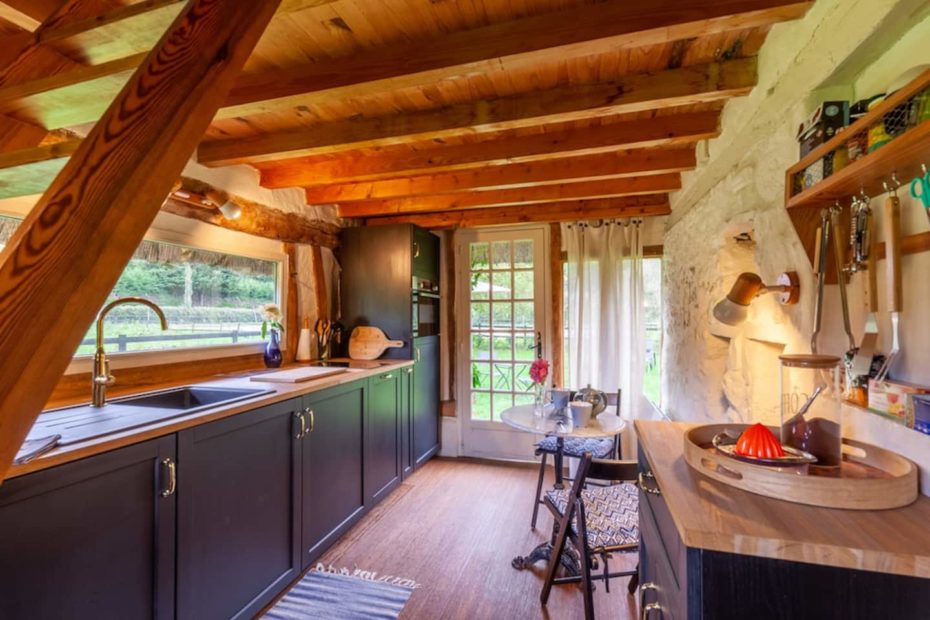
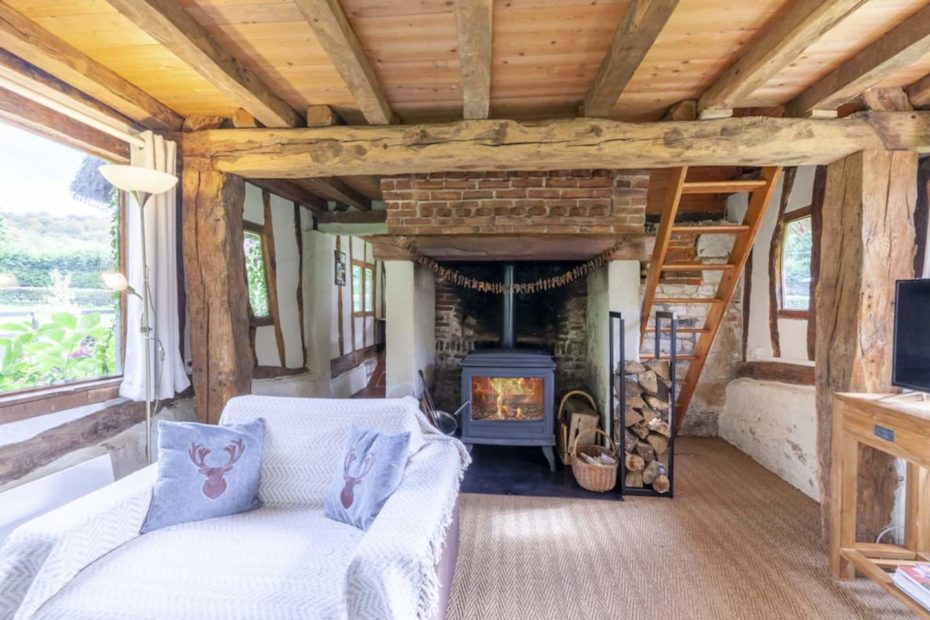
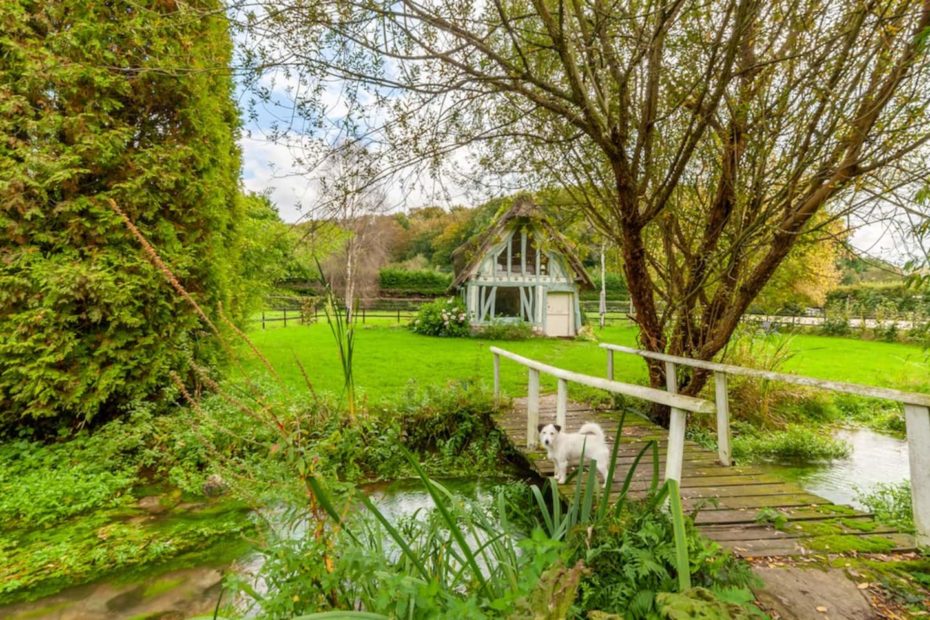
Charming half-timbered bread oven, located by a river and shaded by weeping willows in Normandy. Booking information here.
12. Farming at the Louvre, Paris
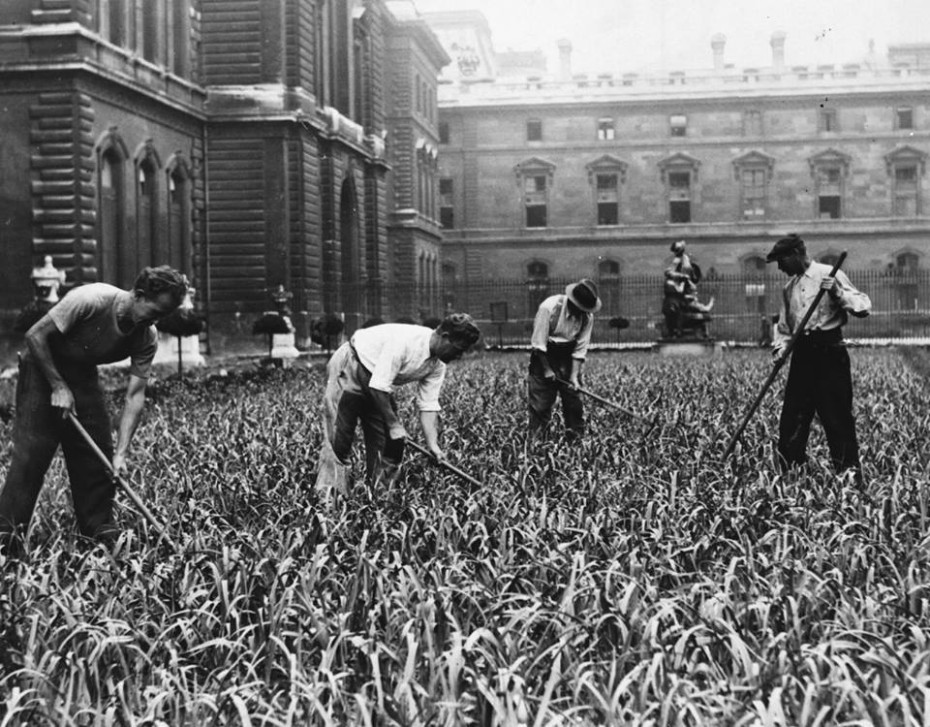
During the Nazi Occupation in 1941-43, the gardens of the palace of the Louvre in Paris planted with leeks in an attempt to counterbalance the lack of produce.
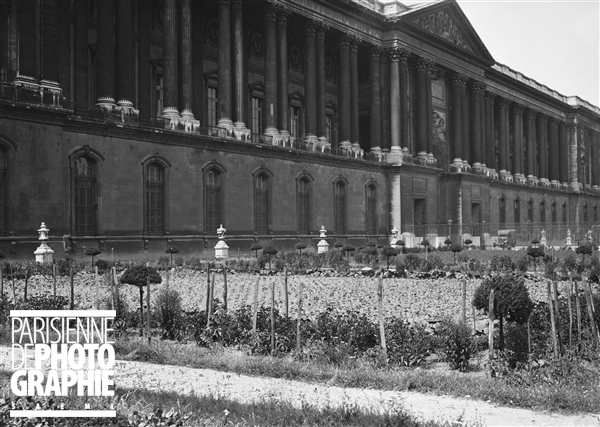
Found on Paris en Images.
13. This 1950s French Satirical Cartoon on Paris Tourism
Made in 1958 by French cartoonist Albert Champeaux, “Paris Flash” is a satirical cartoon about Parisian life and tourism of the era. This would have been shown to audiences in Parisian cinemas/